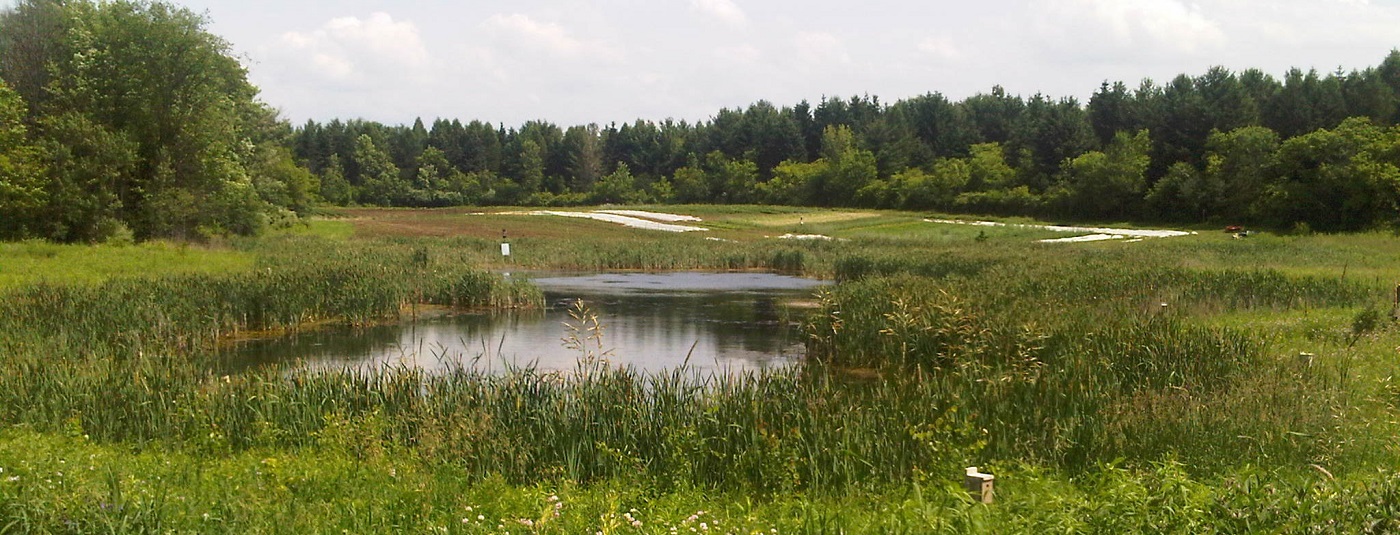The Canadian Council of Ministers of the Environment produced a report to address the current value of natural infrastructure, and its role in climate resiliency. The paper not only cites GIO resources throughout, it also outlines lessons learned, best practices, and recommendations for overcoming barriers in solving climate issues such as coastal flooding, riverine flooding, urban and rural stormwater management, and urban heat islands.
In evaluating existing best practices, and interviewing professionals from fields including architecture, engineering, and city planning, 6 overarching lessons were highlighted:
- The need to identify a champion – someone to take leadership in advocating for natural infrastructure alternatives to grey infrastructure;
- Develop an interdisciplinary team to design and implement projects, and to train and educate others to enhance awareness and technical skills;
- Include the community’s vision – participation empowers community members;
- Develop financial incentives to help get projects off the ground;
- Include natural infrastructure in funding opportunities;
- Consider long-term climate change impacts and plan for that future.
The report notes the major gap in integrating natural infrastructure projects due to difficulty quantifying the benefits. GIO’s Michelle Sawka is referenced discussing that while many calculations are very broad, narrower scoped analyses do exist and can be refined for situational purposes to express the multitude of benefits provided by natural infrastructure.
To read the report in full, click here.

